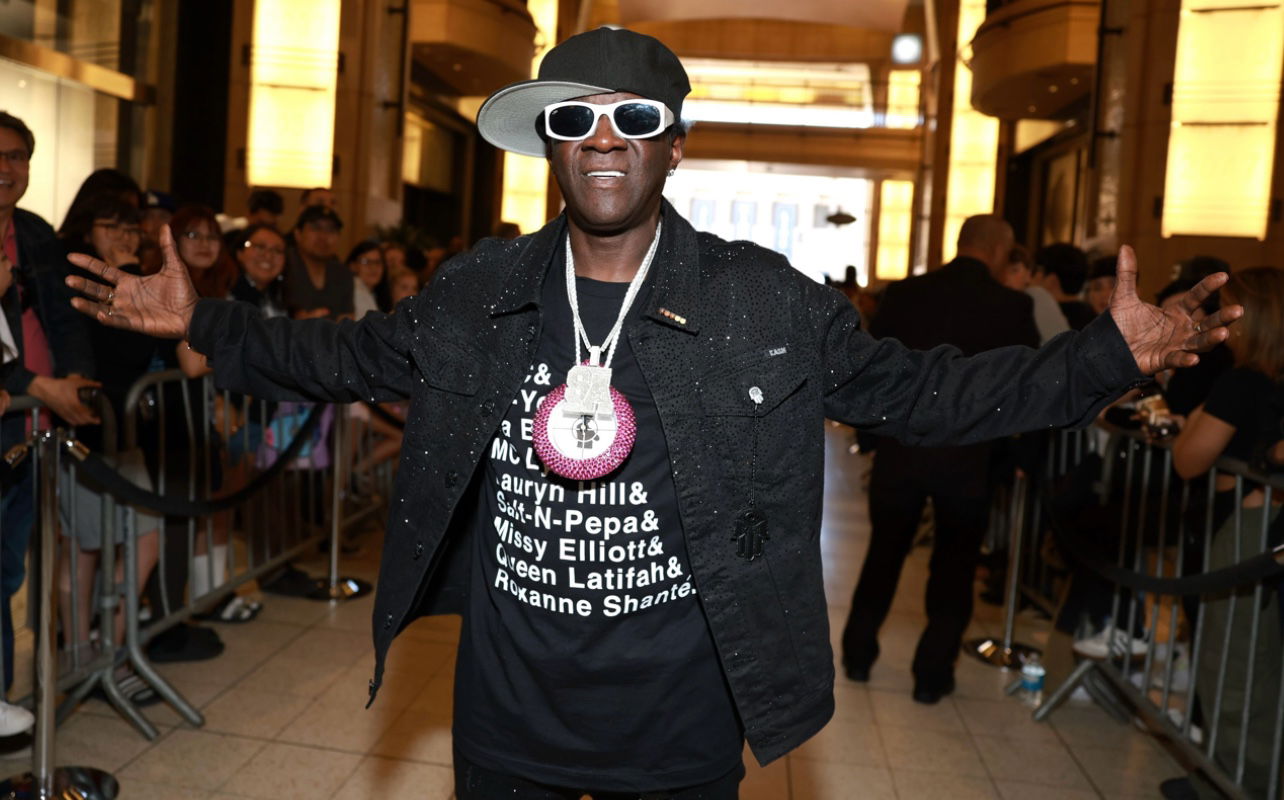The Federal Reserve cut interest rates on Wednesday by a half percentage point, an unusually large move that signals central bankers think they are winning their war against inflation and are now turning attention to keeping the job market from weakening further.
“Our patient approach over the past year has paid dividends,” Jerome H. Powell, the Fed chair, said during his news conference. But now “the upside risks to inflation have diminished, and the downside risks to unemployment have increased.”
The Fed’s decision lowers rates to about 4.9 percent, down from a more than two-decade high.
The move comes in response to months of fading inflation, and it is meant to prevent the economy from slowing so much that the job market begins to crack. Officials have been keeping a careful eye on a recent rise in the unemployment rate, and by starting off with a big cut, the Fed is effectively taking out insurance against a bigger employment slowdown.
Reinforcing that cautious message, the move came alongside economic projections that suggested a more rapid pace of rate cuts than central bankers had previously predicted: Officials now expect to make another half point of reductions before the end of the year.
“We’re going to take it meeting by meeting,” Mr. Powell said. “We made a good, strong start to this, and that is frankly a sign of our confidence, inflation is coming down.”
High interest rates slow the economy by making it more expensive to borrow to buy a house or expand a business, which weighs on both demand and inflation — but also on hiring. The Fed has been trying to strike a careful balance. Officials have aimed to cool growth enough to ensure that price increases return to normal without cooling it so much that the unemployment rate soars and the economy tips into a recession.
Wednesday’s pivot to rate cuts marks a preliminary victory. So far, Fed officials have managed to slow inflation notably without causing major economic problems. The unemployment rate has crept up, but it hasn’t jumped painfully. Hiring persists, though it has slowed. Consumer spending remains strong. Overall growth is still robust.
The resilience has made Fed officials hope that they might be able to pull off a historically rare “soft landing,” in which they manage to put the economy on a healthy and sustainable track without causing a recession.
But the central bank’s task is not yet complete.
Policymakers must still decide how much and how quickly to lower interest rates in the coming months and years. That’s why Wednesday’s economic projections are noteworthy: They provide a snapshot of what Fed officials expect to do next.
Fed officials predicted that they would cut interest rates to 4.4 percent by the end of the year — much lower than the 5.1 percent they had been expecting in June, when they last released economic estimates. And by the end of 2025, they expect to lower borrowing costs another full percentage point, to 3.4 percent.
“We’re trying to achieve a situation where we restore price stability without the kind of painful increase in unemployment that has come sometimes,” Mr. Powell said. While he described today’s unemployment rate as healthy and wage growth relatively robust by historical standards, he also suggested that the Fed’s reorientation should help to prevent a more serious slowdown.
“There is thinking that the time to support the labor market is when it’s strong, and not when you begin to see layoffs,” he said at another point.
One official dissented against Wednesday’s move, Fed governor Michelle Bowman. She would have preferred a smaller rate cut.
Federal Reserve officials agree that Wednesday’s rate cut is unlikely to be their last. They are much less united on how far or how quickly they will decide to lower rates moving forward.
The chart below, known as the “dot plot,” helps tell the story. Each dot represents one Fed official’s forecast for where interest rates will be at the end of each year.
A chart shwoing the Federal funds target rate having decreased to 5.0 percent from 5.5 percent and what 19 Fed officials think that rate should be at the end of this year and next, which range from about three to five percent.

6
%
5
4
Each dot represents what one Fed official thinks the target rate should be at the end of this year and the next.
3
2
1
’21
’22
’23
’24
’25

6
%
5
4
Each dot represents what one Fed official thinks the target rate should be at the end of this year and the next.
3
2
1
’21
’22
’23
’24
’25
In 2024, for example, nine of the central bank’s 19 officials expect rates to end the year at about 4.4 percent, half a point below where they stand after the jumbo rate cut on Wednesday. That suggests those officials expect to make more modest, quarter-size cuts in each of the two meetings they have scheduled for the rest of the year.
But seven policymakers expect just one more cut this year, and two officials expect none. At the other end of the spectrum, one official expects the Fed to cut rates by another three-quarters of a point this year, suggesting another supersize reduction in either November or December.
All 19 officials expect rates to be lower at the end of next year than they are now. But their estimates of how much lower vary widely, from about 2.9 percent (two full percentage points below where they are after Wednesday’s action) to 4.1 percent (just three-quarters of a point below where they are now). There is an even wider range of views in 2026 and 2027.
Eventually, most officials expect interest rates to settle between 2.5 percent and 3.5 percent. That’s higher than in the decade before the pandemic, when the Fed’s target interest rate never topped 2.5 percent — suggesting we may not soon return to the era of ultralow rates that prevailed after the Great Recession.
Powell tries to make clear that the politics of cutting rates right before a presidential election is not something the Fed thinks about, even though Trump has said any move ahead of November would be political. “This really concentrates the mind,” he said. “We don’t put up any other filters. If you start doing that, I don’t know where you stop.”
Powell is asked about whether he would be content if the economy continued to add around 100,000 jobs a month, and he responds that it depends on how many people are entering the labor market. The high rate of immigration in recent years has raised that so-called “breakeven rate,” which is the pace at which employers need to add jobs to prevent the unemployment rate from rising further — some have estimated it’s now about 175,000 jobs a month.
Powell is making very sure to emphasize that the job market is still strong today. He’s walking a tricky line here. There were some concerns coming into this press conference that investors would read a big rate cut today as a sign that the Fed was freaking out about the job market. Powell is pushing back on that with all of this confident talk.
Powell mentioned that average wage growth for workers is still somewhat above what most officials see as being “consistent with price stability.” One of the things I’ll be watching in the next several months, though, is whether inflation continues to slowly cool even as wage growth remains strong. That may be viewed as a pleasant surprise.
Powell notes that layoffs are still low. But as I explained in a story last week, low layoffs don’t necessarily indicate a healthy labor market. It is the rate of hiring, more than the rate of layoffs, that often drives fluctuations in unemployment.
Powell acknowledges that the labor market is, by many measures, weaker than it was immediately before the pandemic. But he pushes back against suggestions the labor market is weak, arguing that it is more akin to its state in 2017 or 2018, which was strong, albeit not as strong as on the eve of the pandemic.
Some economists argued that if the Fed started out with a half-point cut, rather than a more typical quarter-point cut, it would run the risk of signaling that it was nervous about the state of the job market. Powell is trying to argue the opposite — that the Fed is confident that inflation is cooling and so can afford to be aggressive.
Powell is taking great pains to emphasize that there is no pre-set path for cuts going forward, and that there won’t necessarily be more half point cuts in the future. “There’s nothing in the SEP that suggests the committee is in a rush to get this done,” he said, referring to the new summary of economic projections.
There is a lot of praise for the Fed among money managers and bank economists today. But in the background, many labor economists I speak with have generally been disappointed that the Fed’s pivot has taken this long and feel that much of the recent damage to the jobs market wasn’t necessary.
Powell just mentioned a big downward revision to job growth that the Bureau of Labor Statistics released last month. That revision showed that the U.S. economy added about 818,000 fewer jobs in 2023 and early 2024 than initially believed. I wrote more about that revision in a story last month.



.png) 1 year ago
115
1 year ago
115









